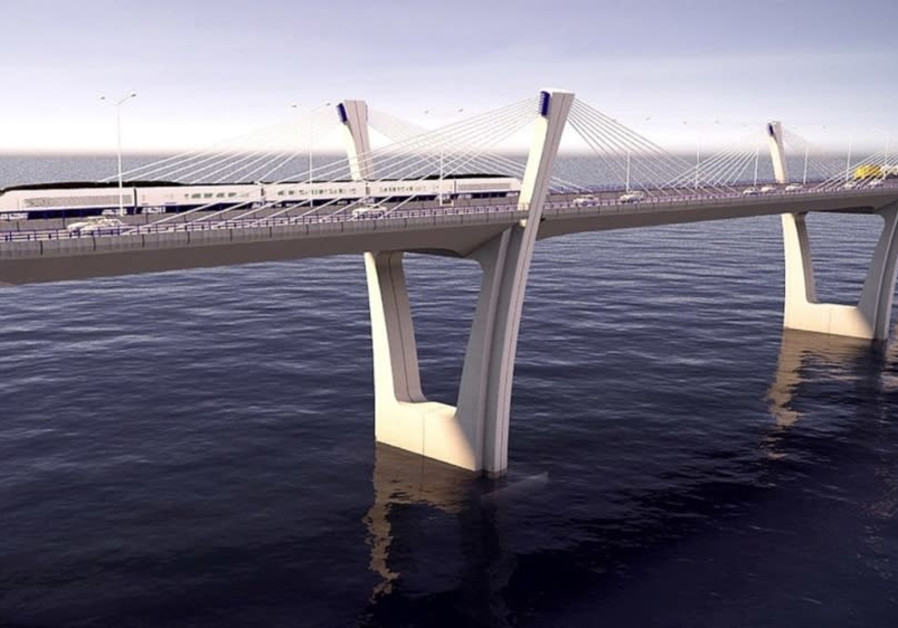Bahrain has begun final preparatory work before construction of the King Hamad Causeway, linking the Gulf island with Saudi Arabia. The 16-mile sea bridge will run parallel to the existing King Fahd Causeway.

For more stories from The Media Line go to themedialine.org
The King Hamad Causeway will be one of the longest sea bridges linking two countries. The project was launched during a meeting between Bahraini King Hamad and then-Saudi King Abdullah bin Abdulaziz in September 2014.
According to observers, the second bridge linking Bahrain and Saudi Arabia comes as compensation for the “Love Bridge” that Qatar wanted to build with Bahrain since 1999. That bridge was projected to reach 18.5 miles, with construction to start in 2009, but the work was postponed several times. Saudi Arabia opposed the project for political and economic reasons, even before the Gulf boycott of Qatar began in 2017.

The Gulf Railway is a proposed railway system to connect all six Gulf Cooperation Council member states − Bahrain, Saudi Arabia, Kuwait, Oman, Qatar and the United Arab Emirates.
